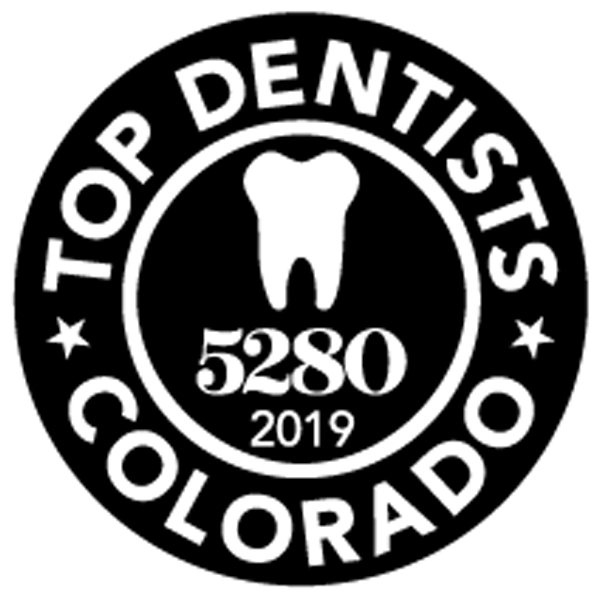The global periodontic therapeutic market is continuing to increase by over $120 million by the end of 2025. Many individuals are looking for LANAP treatment to help aid in their periodontal disease treatment.
But, what exactly is the LANAP treatment procedure? This short guide will give you all you need to know about the intricacies of the LANAP treatment.
What Is Gum Disease?
Most individuals stress when they hear the all-too-familiar phrase Gingivitis. Thin inflammation of the gums foreshadows the potential of incurring gum disease leading to other conditions.
This condition can arise if a patient or individual does not have excellent oral hygiene. Many extenuating circumstances can cause these individuals to build bacteria and germs in the gum lining.
Some of these occurrences can show up from smoking and drinking, illnesses, or even forms of sleep apnea. But, the most common occurrence derives from poor oral hygiene, especially when patients decide not to floss.
If a patient decides to skip flossing and dental visits, bacteria can build over time. The bacteria in these gum pockets can disrupt the neighboring gum tissue. Thus, inflammation occurs, and the bacteria begin to erode the tissue.
Gum Disease (Periodontitis)
Often, this bacteria is left untreated, leading to gingivitis. The plaque, which is pressing against the teeth, will inevitably turn into tartar. Once this plaque becomes tartar, it will begin to enter the early stages of gum disease.
In this early stage, the tartar that was built from gingivitis begins reinforcing its territory. In addition to calcifying onto the bone, it will start to erode the surrounding gum. Individuals cannot remove this tartar through simple brushing.
Due to the tartar buildup, the gum lining separates itself from the tooth, creating a series of “pockets.” The pockets become more vulnerable to arising bacteria as they deepen into the gum lining.
If this is not treated, the gum will cause the body to fight the infections that will develop. As the gum retreats from the tooth, bone and gum loss will occur. Sometimes, periodontists will need to cut the lining of the gum to treat the disease.
As the gum deteriorates, the teeth will begin to loosen as the gums lose strength. As they loosen, your teeth will start to fall out. So, if you decide to ignore the matter, it could worsen to the point of losing teeth.
Symptoms Of Gum Disease
Gingivitis will begin to show individuals the rise of gum disease. The tenderness and inflammation of the gum will become visible. Any brushing or flossing of the gum will cause bleeding.
If left untreated, the entirety of the gum lining will succumb to bleeding. This tenderness will increase insensitivity.
This can also lead to bad breath and a receding, or worse, a protruding gum line from inflammation. There is also a bad taste in the mouth. The receding gum line will then lead to the inevitable tooth loss.
Laser Treatment
The LANAP or the laser-assisted new attachment procedure is utilized in aiding periodontal treatments. The goal of periodontal surgery is to achieve regeneration of the periodontal structure.
When reconstructing the periodontal lines, this means reforming the cementum. It also rebuilds the alveolar bone and aligns all periodontal ligaments combating gum disease.
The treatment involves the periodontist placing the fiber optic tip on the top of the periodontal pocket. This removes diseased tissue that is lining the pocket. Specific germs and bacteria cause gum disease requiring treatment. The laser treatment is designed to target and eliminate only the tissue containing these germs selectively.
Removing Tartar And Buildup
While the laser cuts out the germs, it leaves the healthy tissue unharmed. Afterward, the laser tip is removed from the pocket and set aside. The next step of the procedure involves bringing in ultrasonic cleaners.
These ultrasonic cleaners remove the hard deposits. These deposits, what Periodontists use instruments to remove these deposits which they call tartar or calculus.
These instruments use soundwaves to vibrate and break apart these deposits. The soundwaves break down the hard mineral deposits for easy removal. The water then flushes out the debris once the removal is complete. Once this step is complete, the instrument digs back into the pocket to remove the remaining diseased tissue.
Sterilization And Reformation
Another thing to note is the sterilization process. The path of the laser sterilized the bone and tissue. Once it sterilizes, it eliminates germs, bad bacteria, and other toxins.
Once this removal process is complete, it stimulates the formation of a blood clot. Once the blood clot forms, it will contain fibers that will re-attach the tissue to the tooth.
Once the gum seals against the tooth, it will keep out the bacteria and debris. This is similar to how stitches work on a flesh wound. This will create the right environment to help preserve the bone.
Another outcome of these periodontal surgeries is the healing process. Other soft tissues lost from the disease will begin to grow back as well.
Is It Time For LANAP?
The LANAP treatment is continuing to yield effective results. It is beginning to take over ancient gum treatments and change the world of gum rejuvenation.
Healthcare professionals are recommending patients undergo this treatment to help combat the rise of gingivitis and periodontal disease. Depending on the level of treatment, patients can expect to complete the treatment in around an hour through one or two visits.
Contact our gum specialists to schedule your next appointment and help treat your gums







